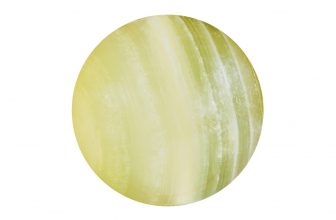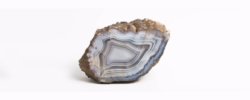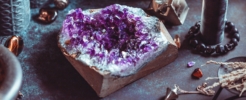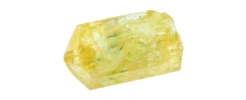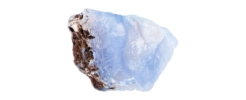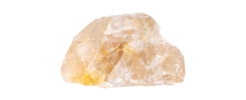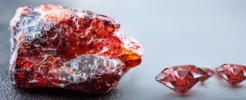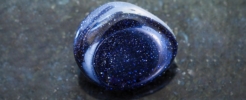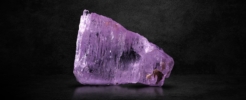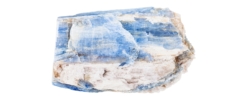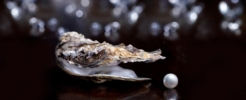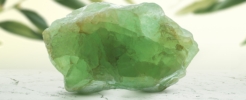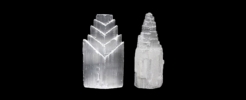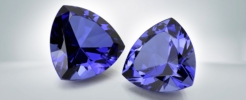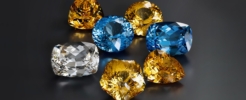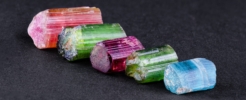Onyx: An Ancient Stone of Power

This ancient gem, adorned with deep black hues and white ribbons, has been a prized possession across many civilizations. Picture this: ancient warriors marching into battle, armed with swords and shields inlaid with Onyx amulets for protection and strength. From grand ceremonies and burials to magical rituals and scrying, Onyx was the go-to stone for many purposes.
Did you know that even the Greeks and Romans carved their gods and heroes into Onyx cameos and intaglio engravings? They also used it for stamps, seals, and luxurious stone inlays. It’s even mentioned in the Bible, residing alongside gold and bdellium in the land of Havilah, near the fabled Garden of Eden. Talk about a storied past!
The Yin and Yang of Onyx
While many cultures embraced Onyx for its protective powers, others were wary of its darker side. Some believed Onyx to be a bringer of bad luck, causing black bile to circulate and invoking sadness, anger, and despondency. It was said to separate lovers, cause family discord, and even expose one to demonic assaults.
In China, Onyx was so feared that only slaves and menial laborers would dare to mine it. The antidote? Pair it with a Sard stone, especially Sardonyx, to neutralize its negative vibes.
Embracing Onyx’s Contradictory Powers
Fast forward to modern times, and metaphysical practitioners have learned to harness even Onyx’s negative traits for positive outcomes. This stone is a powerhouse of strength and self-mastery, connecting deeply to the earth and fostering a sense of belonging and stability. Onyx can turn aggressive energies into physical and mental fortitude, helping you become the master of your own destiny.
But that’s not all. Onyx also helps align your being, connecting you to a higher power for guidance and absorbing what you need from the universe. It can hold physical memories, and if worn too long, it might bring up old traumas. Yet, with proper intent, it can banish grief, release pain, and draw in happiness and good fortune. It’s like having a wise old sage in your pocket, guiding you towards wise decisions and amplifying your intuitive gifts.
The Science and Magic of Onyx
So, what exactly is Onyx? This black and white banded variety of Chalcedony is a cryptocrystalline form of Quartz, boasting a hardness of 7. While many think of Onyx as purely black, it’s actually the banded black and white that defines it. A special variant, Sardonyx, features white layers alternating with Sard, a reddish-brown Chalcedony.
For over 4,000 years, Onyx has been cherished for its use in jewelry, stone inlays, and especially for engraved gems where the white bands contrast beautifully with the dark background. Some Onyx specimens even layer with Sard, making each piece uniquely stunning.
Clarifying the Many Faces of Onyx
Onyx’s fame has led to some confusion over the years, with various stones being lumped under its name. Let’s clear things up:
- Onyx: Black and white parallel bands, sometimes solid black, often associated with the High Priest’s breastplate in the Bible.
- Sardonyx: Reddish-brown base with white bands of Onyx alternating with Sard, known for protection against incantations and sorcery.
- Sard: Dark-hued Carnelian, translucent brown Chalcedony with red to orange overtones, believed to sharpen wits and bring victory and happiness.
- Chalcedonyx or Banded Onyx: White Onyx with opaque and translucent stripes, often featuring streaks of black, gray, brown, or cream.
The Modern Market and Misnomers
Today, artificial treatments to enhance Onyx’s color are common. Ancient techniques, like boiling in sugar solutions and treating with acids, have evolved, but the goal remains the same: heightening the contrast between layers. Most “Black Onyx” sold today is dyed gray Onyx or treated Chalcedony, but these practices don’t diminish the stone’s natural powers.
Beware of impostors! Many banded gemstones and even some forms of calcite are mislabeled as Onyx. True Onyx is far more valuable and distinct from these look-alikes:
- Onyx Marble or Mexican Onyx: Calcite or aragonite with color banding, softer and less valuable.
- Green Onyx: Often dyed Chalcedony or light green and white banded Agate.
- Onyx Opal and Rhodochrosite Onyx: Different stones often misrepresented as Onyx.

